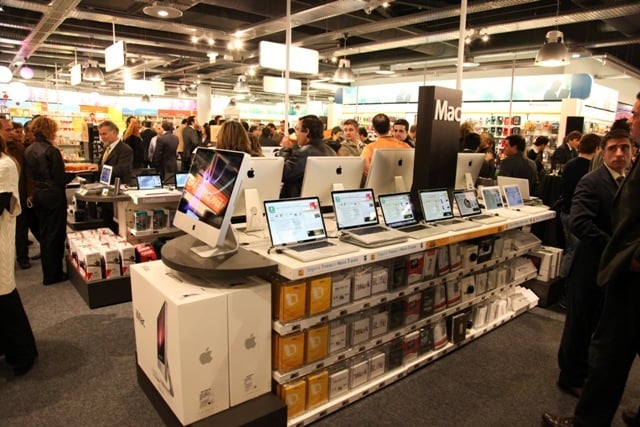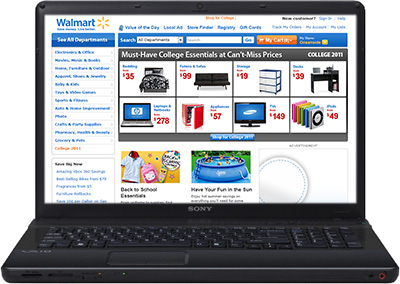I have previously posted about what the significations of colors were while choosing a template or a logo. Here is another representation of what logos transmit as values to people.
As you can clearly see, companies pick a color for a reason, and the color reinforce the idea and the concept of the company's positioning. Now, obviously, what is interesting is when a company change the color of its logo. It is actually pretty rare to see such a move. It shows clearly how important the color is.
I have seen several clothing brands that changed their brands several time in less than a decade. It obviously create confusion for customers. But as far as I remember, it has been a while I have not seen a company changing their core colors for another one.
Have you some examples? It will be interesting to analyse what happened in these cases.

































